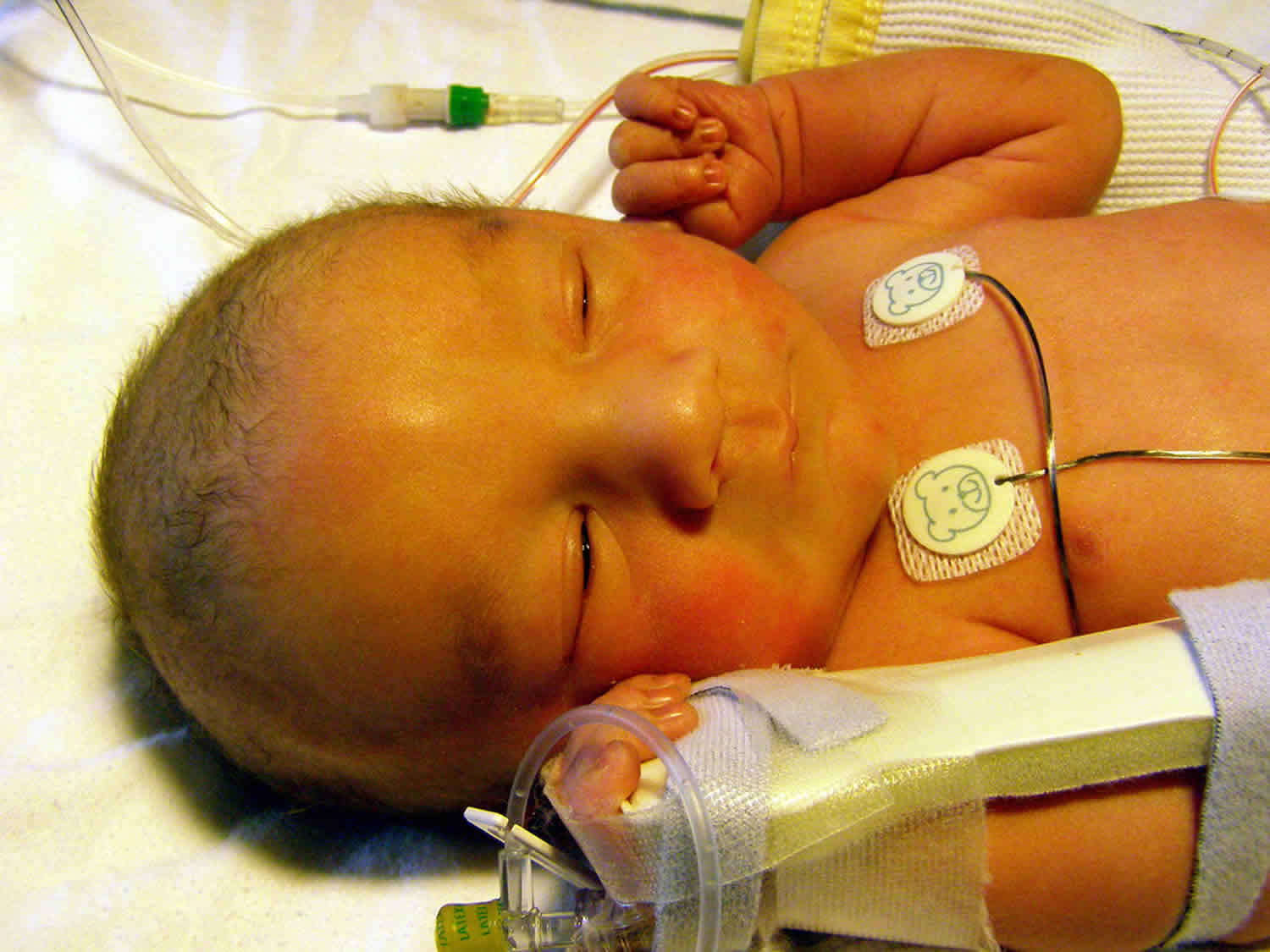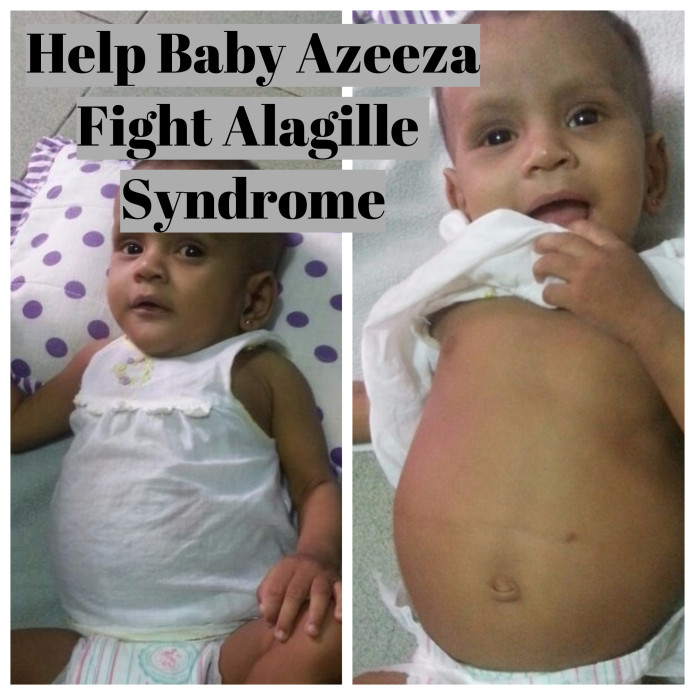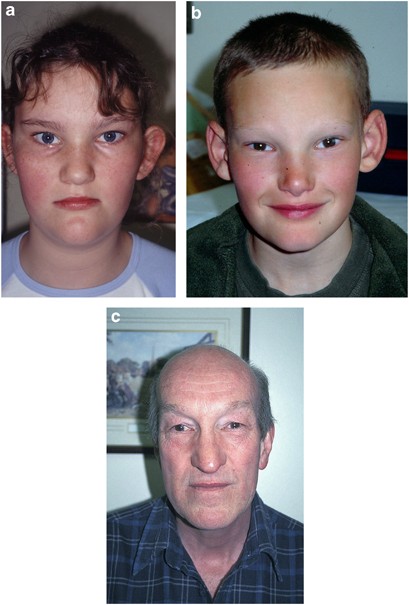Alagille Syndrome Newborn
Malabsorption problems such as diarrhea poor growth or delayed puberty liver failure portal hypertension heart and blood vessel problems kidney disease.
Alagille syndrome newborn. Over time a child with alagille syndrome may experience one or more of the following complications. A person with alagille syndrome has fewer than the normal number of small bile ducts inside the liver. The preliminary affecting organ for alagille syndrome is the liver. This leads to bile building up inside the liver which in turn causes liver scarring and damage.
Signs and symptoms of alagille syndrome are generally noticed in infancy or early childhood. In alagille s syndrome one of the main problems is that there are fewer than normal number bile ducts in the liver. Alagille syndrome is a genetic syndrome that can affect the liver and other parts of the body. Individuals with ags may have.
A syndrome is a type of disease in which the baby has several abnormalities. As bile builds up in the liver it may cause liver damage. Even though it may look like other liver diseases or biliary diseases occur in children but alagille syndrome becomes unique with its distinctive symptoms. The estimated prevalence of alagille syndrome is 1 in 70 000 newborns.
Alagille syndrome also known as alagille watson syndrome syndromic bile duct paucity and arteriohepatic dysplasia is an autosomal dominant inherited disorder associated with liver heart eye and skeletal abnormalities as well as characteristic facial features. Alagille syndrome is a genetic disorder in which you have fewer bile ducts than normal in your liver. The inherited disease has 50 chance of inheritance from the parents. Alagille syndrome not only affects the liver it can also cause skin heart facial kidney and eye abnormalities.
Alagille syndrome is a genetic disorder that may affect many different parts of the body including the liver. In alagille s syndrome also known as alagille disease is an abnormality of the bile ducts causes chronic cholestasis which means less bile is produced and passed from the liver to the intestine. Alagille syndrome can be passed from parent to child or happen naturally. A main finding of alagille syndrome is liver disease that often becomes apparent within the first three months of life.
Severe liver damage can lead to cirrhosis or scarring of the liver. This figure is based on diagnoses of liver disease in infants and may be an underestimation because some people with alagille syndrome do not develop liver disease during infancy. Alagille syndrome can be associated with abnormalities of the liver heart eyes skeleton kidneys and other organ systems of the body. The liver problems result from having fewer small bile ducts than normal in the liver.
However individuals with mild liver involvement may not be diagnosed until later in life.























